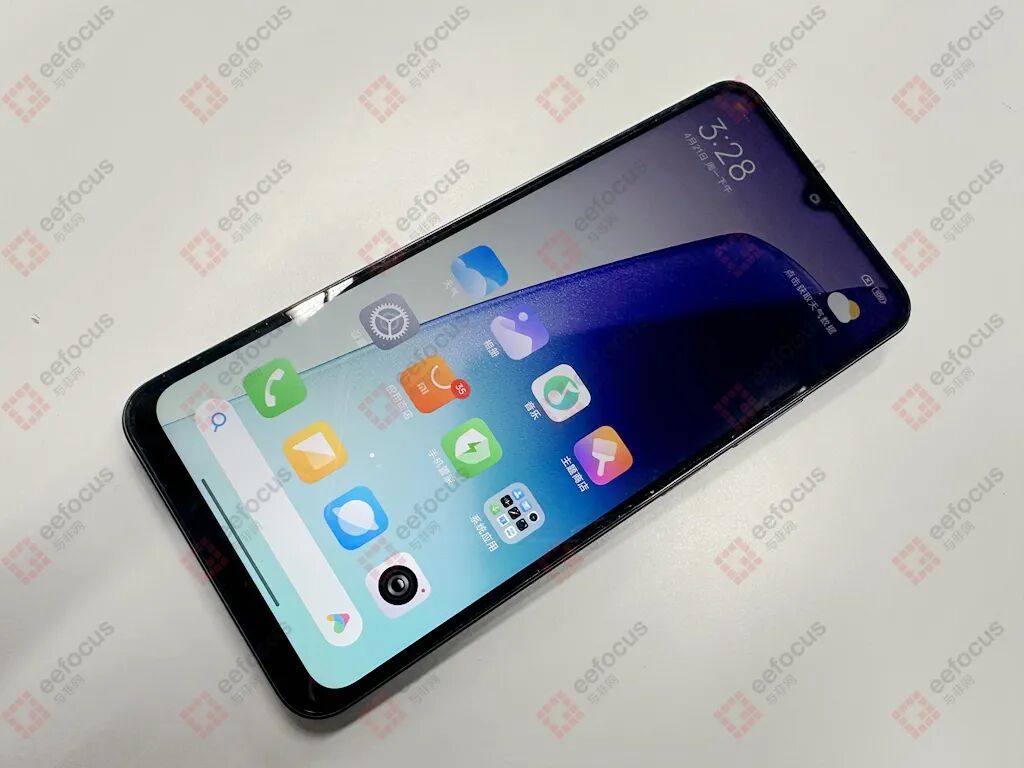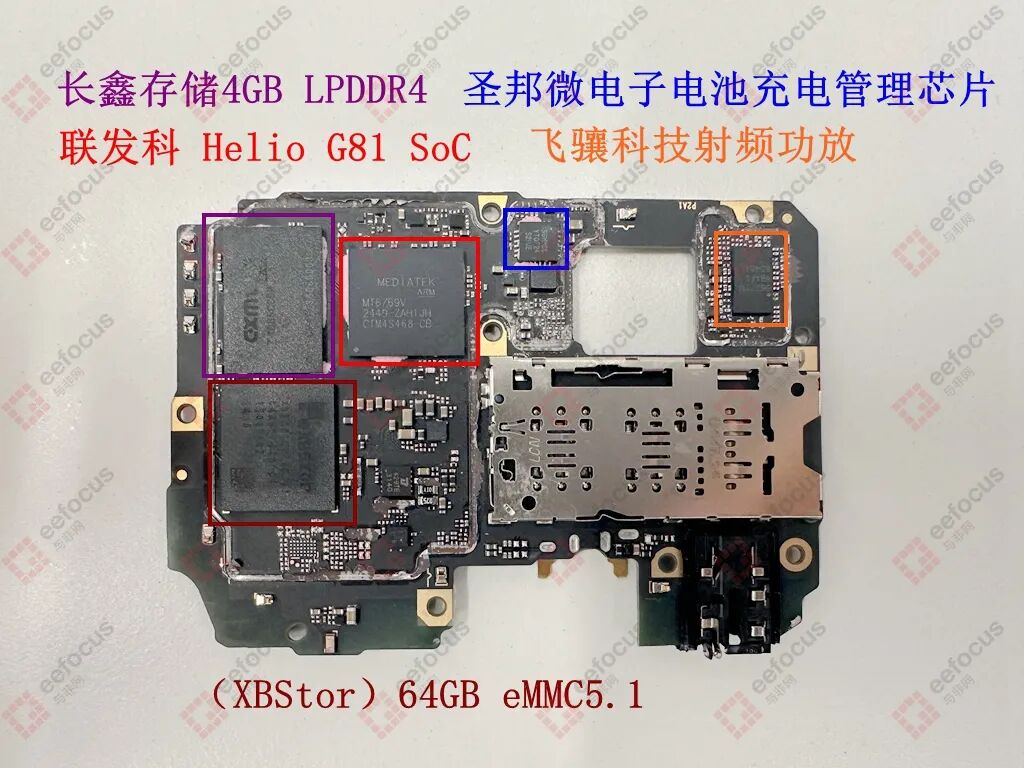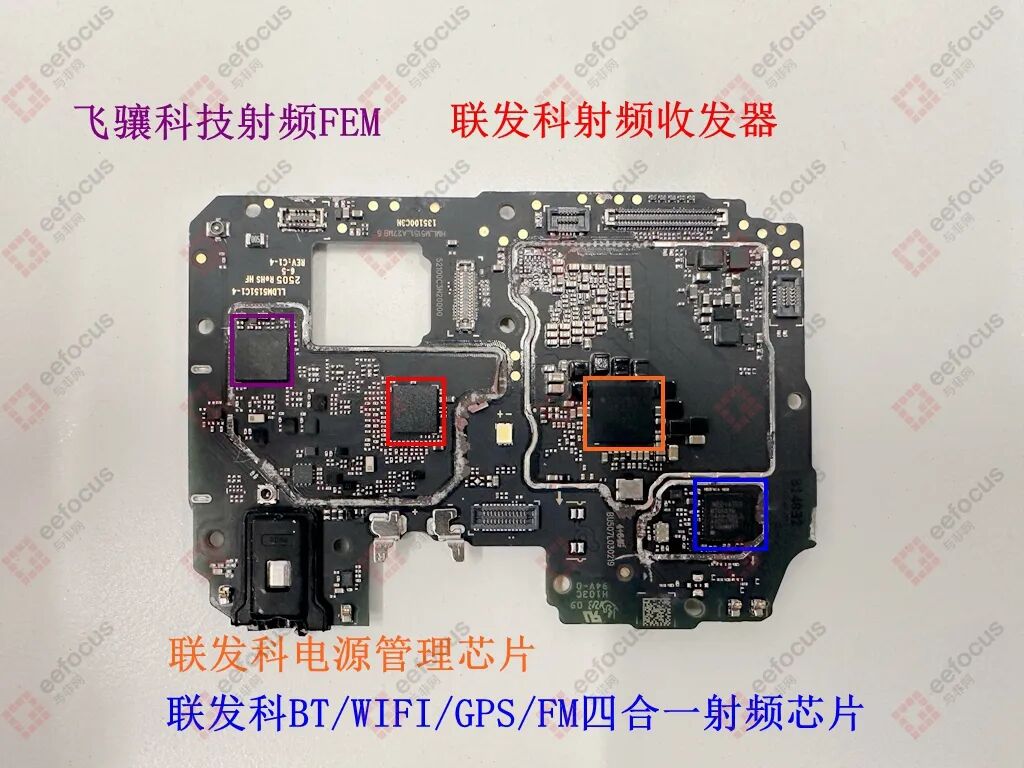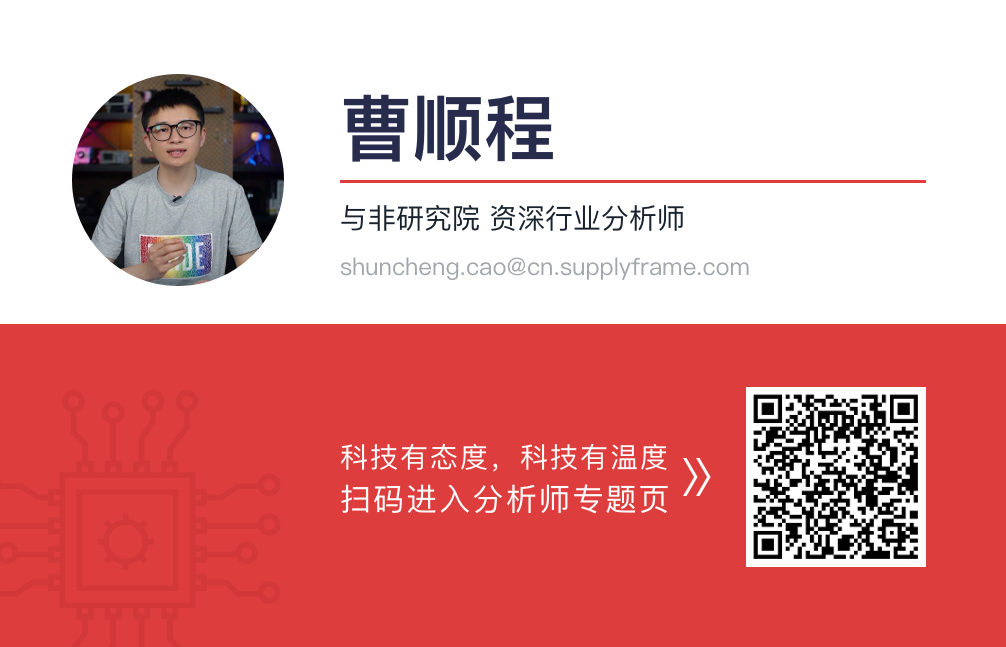May.
Click the blue text to follow us
2025.05

 Participate in the prize quiz at the end of the article to win exquisite gifts!
Participate in the prize quiz at the end of the article to win exquisite gifts!
In the context of the global smartphone market continuing to upscale, Xiaomi has launched the Redmi 14C with a starting price of only 499 yuan. What strategy is this? Is it merely targeting budget-sensitive user groups? Or is it to balance the brand philosophy that “Xiaomi’s hardware comprehensive net profit margin will never exceed 5%”? Regardless of the purpose, this article will dissect the Redmi 14C.
(PS: The answer to last issue’s teardown product: the charging head for the Redmi 14C, did you guess correctly?)
The list of winners from the last issue has been announced in the comments section: Xiaomi charger teardown: Domestic chip solution offers significant cost performance
The appearance of the Redmi 14C is quite standard. By equipping it with a large-capacity battery (5160mAh), a high refresh rate screen (120Hz), and basic imaging functions (1300W pixels), it significantly reduces costs while ensuring a basic experience, achieving a form of “technological equality.” Based on this design philosophy of “extreme cost performance,” it is worth exploring what hardware solutions the Redmi 14C employs.
For more exciting teardowns
Please click to follow and star Eefocus
Teardown Process
Due to the mature supply chain technology and large-scale production currently used in smartphones, the internal structures of mainstream phones are generally similar. Let’s take a closer look at the core hardware solution of the Redmi 14C, which is primarily located on a single PCB mainboard.


The Redmi 14C is powered by the MediaTek Helio G81-Ultra (MT6769V) SoC, which uses a 12nm process technology and integrates 2 Cortex-A75 performance cores (2.0GHz) and 6 Cortex-A55 efficiency cores.
In terms of storage, it uses a combination of Changxin 4GB LPDDR4X memory paired with 64GB eMMC 5.1 flash storage, alleviating performance bottlenecks of the basic configuration through memory expansion technology.
The RF front end employs the Feiyang Technology FX5627Y power amplifier and FX5596Y front-end module, combined with the MediaTek MT6177MV multimode RF transceiver to achieve 4G network communication. Wireless connectivity is handled by the MT6631N chip, which integrates BT/WIFI/GPS/FM functions.
The power management system uses a combination of the MediaTek MT6358VW power management chip and the Shengbang Micro SGM41513YTQF24 charging IC, supporting 18W fast charging technology (the included charger only supports 10W).
Thus, this is essentially a domestic hardware solution based on MediaTek’s “full family bucket,” with some chips that MediaTek does not have or other replaceable chips being substituted with domestic alternatives. (Some component BOM information is as follows)

Click to play
Summary
It is no exaggeration to say that it is the domestic chips that have created such a cost-effective solution. Of course, several key technologies are worth noting.
As an entry-level product, the lack of 5G support in the Redmi 14C is a clear shortcoming. I personally believe that future iterations could consider using the Unisoc T740 5G chip to meet network upgrade needs while maintaining cost advantages.
Moreover, the hardware solution of the Redmi 14C also presents a new idea for the development of smart terminals. This hardware solution can be adapted for educational tablets, medical terminals, and other inclusive devices, promoting digital services to reach a broader audience. This is more meaningful than simply making phones for the sake of making phones, akin to Xiaomi’s cultural symbol of “always believing that good things are about to happen.”
Comments have benefits
In the teardown video, the author posed a question: Which manufacturer produces the silk screen (XBstor)? If anyone knows, please leave a comment in the comments section. One lucky commenter will receive a 2.8-inch touch screen LCD/summer cool gift package (mini fan, water cup, cooling patch), with the draw taking place next Monday in the comments section!
The list of winners from the last issue has been announced in the comments section: Xiaomi charger teardown: Domestic chip solution offers significant cost performance
END
Note: The cover image of this article comes from Shutterstock, author-made, and publicly available media materials, all authorized.
Welcome to leave comments and exchange ideas!

Industry Community


Related Articles

Xiaomi charger teardown: Domestic chip solution offers significant cost performance
Antique car charger teardown: Ubiquitous domestic chips
19.99 yuan “Apple” TWS noise-canceling earphones teardown: Domestic chips are unbeatable
Author’s Column


Click “Looking“↘ to share your world with friends
 Please click “Read the original text” for more information
Please click “Read the original text” for more information
